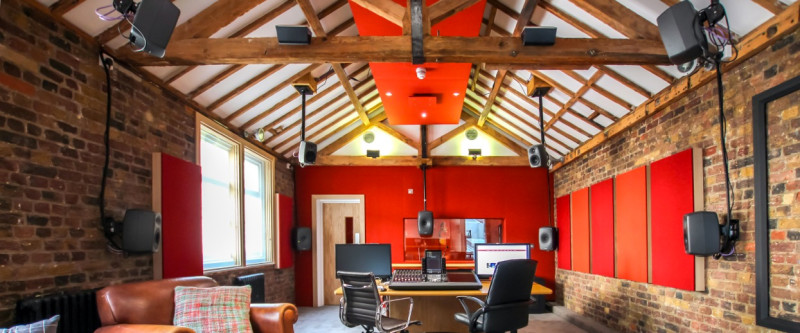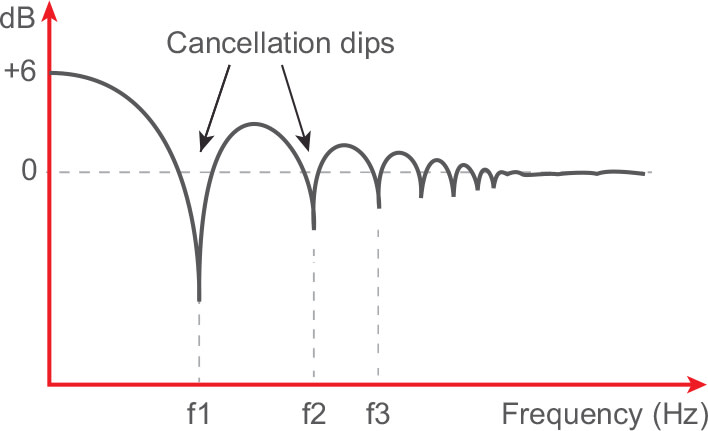But did the thread help you to decide if you should fill your speaker stands?
I have a bag of fancy-sand from the days when I sold audio. It was costly when I sold such things, it should suffice for a test. If I see differences, perhaps I will follow up with more materials. I also have a pair of Paradigm Export Monitors, a fine speaker to test the stand-filling hypothesis. They are firmly bolted to steel stands with isolation patches. The stands do ring a bit.
I set up a mic at 1 meter, carefully marking the speaker's position since that is critical.
View attachment 300806
I measured the speaker, then filled it with the sand.
View attachment 300808
I returned the speaker with the stand filled with sand to the same position and (without moving the microphone) repeated the measurement.
Red is with
No Sand. Green is with the stand filled
With Sand.
View attachment 300811
The differences are tiny. Could it be positioning? I tried to get the speaker to within a few millimeters of original position. I will test for how sensitive the speaker is to position.
I rotated the speaker with the stands filled with sand by moving off axis keeping the distance to the microphone the same. It's only a couple millimeter
nudge, about 2 degrees horizontal rotation.
View attachment 300813
A much larger difference is seen due to rotation than can be attributed to sand-filling.
How about vertical? I tilted the speaker back by elevating the front by about 2mm (also a couple degrees of tilt).
View attachment 300814
No surprise the small vertical shift affects the sound more than horizontal:
View attachment 300815
These two results show we can't tell if the tiny differences measured after sand-filling is just tiny changes in placement.
Lastly, how about moving the speaker 8 inches closer to the wall, keeping the mic (as best I can) same distance and orientation to the speaker.
View attachment 300816
This says way more about my room than about sand in my stands. You can see the room mode at 40Hz is unaffected, that's because I moved the speaker closer to the back wall and this mode in my room is transverse to that. I did change the 55Hz mode's depth since that is from front to back wall and the change in position is changing how the speaker is energizing that mode. The peak that moves from 120 to 140Hz and the one that moves from 180 to 200 are cancelation from the back wall. See here for instance:
To create the ideal listening experience, several aspects need to be taken into account when placing the monitors within the listening space. First, you need to identify the listening area within the space and consider where the listener will be placed in relation to the space as well as the...

www.genelec.com
In summary.
I did the time-honored (and slightly messy) task of filling one of my speaker stands with sand. I measured nearly zero difference in sound before and after the stands were filled with sand. I also measured the tolerance of the experiment to speaker and mic placement and showed that tilting speaker position by just a few millimeters in the horizonal or vertical plane made a much larger difference in the sound than the addition of sand to the stands. This gives some confidence that I got the speakers positioned in the same place after filling the stands. I also found that positioning the speakers 8 inches closer to the wall made a much more dramatic impact on the sound than treating the stands with sand.
The room and relative position sensitivities are no surprise. I can't hear the small differences in horizontal or vertical tilt. I can hear the differences in bass as I move the speaker a relative to the back wall. I certainly can't hear the impact of sand in the stands. I can't even measure a difference and the mic is way more sensitive and quantitative than my ear.




